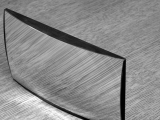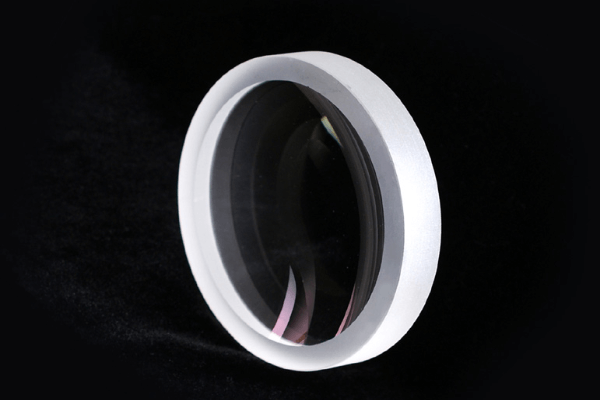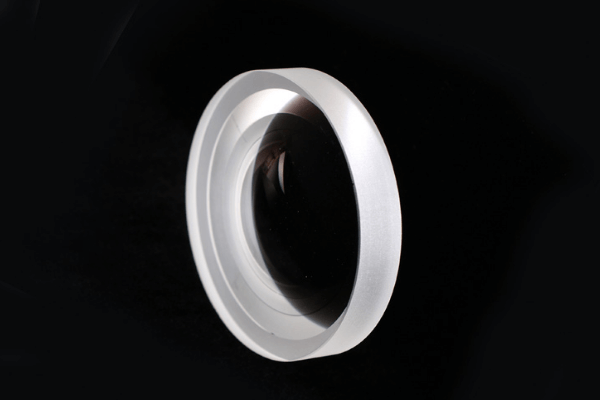Sapphire Optics
Sapphire lenses Products



HYT Sapphire Optics offers a variety of Sapphire Optical Components for a range of applications, including ball lenses, spherical lenses, or windows. Sapphire Ball Lenses feature high refractive indices, ideal for minimizing the distance between fiber output and lens. Sapphire Half Ball Lenses are available to simplify mounting or system integration. Ruby-doped Sapphire Ball Lenses are also available to ease handling.
Sapphire lenses have excellent mechanical strength and hardness. With sapphire having superb thermal and chemical resistance and being scratch resistant, sapphire is a perfect choice for lens applications. Sapphire is inert and resistant to attack from most processing environments, such as hydrofluoric acid.
We supply a range of sapphire lens solutions and offer plano convex, biconvex and concave sapphire lens solutions. Our sapphire lenses can also be antireflective coated to increase efficiency in UV and IR applications. Sapphire grades we offer are Random, C-Cut, Z-Cut and fluorescence free sapphire
What is a sapphire lens?
Sapphire lenses have excellent mechanical strength and hardness. With sapphire having superb thermal and chemical resistance and being scratch resistant, sapphire is a perfect choice for lens applications. Sapphire is inert and resistant to attack from most processing environments, such as hydrofluoric acid.
What is a sapphire lens material?
Sapphire is the second hardest crystal next to diamond and, because of their structural strength, Sapphire crystal lenses can be made much thinner than other common materials. Chemically, Sapphire is single crystal aluminum oxide(Al2O3) and is useful in a transmission range from 0.15 to 5.5μm.
What are the benefits of sapphire lenses?
Major Advantages:Extreme surface hardness and scratch resistance. Highly resistant to wear from harsh environmental conditions. Very wide optical transmission band from UV to Mid IR.
Is sapphire lens scratch resistant?
Sapphire crystal – the ultimate in scratch resistance:Sapphire glass has a hardness of around 2000 HV – twice as much as mineral glass. Sapphire glass can therefore only be scratched by a few materials, including real diamond with 4,500 to 10,000 HV. For comparison: stainless steel comes to about 220 HV.